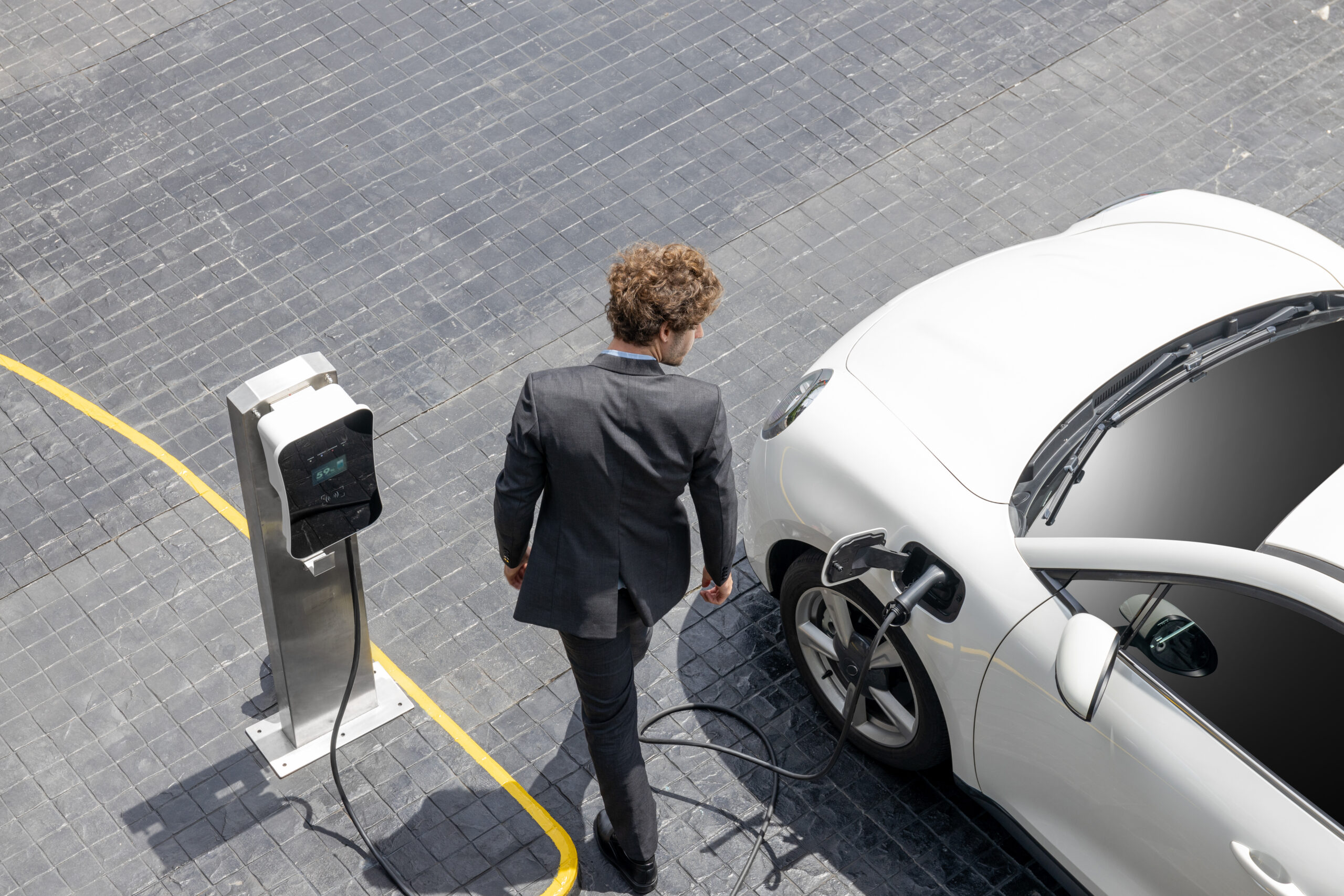
It is no secret that electric cars have a higher drive-away price compared to traditional internal combustion engine (ICE) vehicles, but would the lower running costs really offset the initial premium in price?
Electric Vehicles (EV) are the legislated answer for the automotive industry emissions reduction, replacing the traditional ICE vehicle. We are not convinced that the current Lithium-ion battery technology will be the ultimate technology used in 30 years, but it is the main alternative that has commercial viability currently. Regardless, there are two main issues with EV’s: price discrepancy and actual VS pericaval of environmentally friendliness. As part of this two-part series, this article will focus on the first issue: cost.
Pitcher Partners chose 6 of the most common EVs where we could see a similar petrol variant that has the closest number and type of features. The chosen vehicles for this analysis are:
- Hyundai Kona: Elite Extended Range v Elite
- Volvo XC40: Twin EV v XC40 Ultimate B4 Bright
- BMW X3: Standard Variant v X3 iDrive 30i
- MG Zs: ZS Excite MY22 v ZS Excite ICE
- LDV T60: eT60 v T60 MAX UTE
- Mercedes GLC: EQC400 4Matic v GLC 300 4Matic
Our aim is to determine whether the overall savings in running costs and service will outweigh the higher insurance cost, and the premium in EV purchase price.To make the analysis as broad to the Australian market as possible we looked at the following costs:

- Driveaway price
Pitcher Partners started from the purchase price of the individual vehicles based on a purchase in Sydney NSW 2000. The EVs have, on average, a whopping 64% premium in price compared to their petrol comparison. Brands have already calculated all government rebates when providing pricing for the electric vehicles.
- Running costs
We calculated the recharge cost per year based on an average 12,600 kms per annum (average KMs per ABS 2018 Study. 2018 was used as the most recent study year without the impact of COVID), and we compared it against the petrol cost of running the same distance.
- Service costs
Service costs were split into two parts. The first five years, the cost of service for the ICE vehicle has been increased by an extra 50% to account for costs related to additional parts, oil & grease. Thereafter and into perpetuity, ICE service costs have been increased 50%, whilst EV has remained the same.
Any servicing plan offers e.g., the current Volvo XC40 free service for 5 years / 100kms have not been included given their potential temporary nature.
- Insurance – based on an ‘average’ driver
Insurance calculated based on a comprehensive policy, 10,000-15,000 kms driven per year, by a 35-year-old female, no accident history, no finance, Sydney driver, market value, 3-4 days usage, no extras (windscreen/hire car), Annual payment & $1,095 excess and using GIO as insurer.
- Registration & CTP

Registration was excluded due to state-based policies that both EV’s & ICE vehicles can participate in. A summary of EV state-based registration incentives at the time of writing are below:
- Other considerations
Pitcher Partners has excluded some other costs such as:
- Cost of replacement EV batteries (Mattery warranties are on average 8 year and expected replacement of batteries is estimated at every 10-20 years).
- Financing & novated leasing will change the calculations. However, for simplicity, the above assumes a cash purchase.
- Cost of charging infrastructure for personal use (solar panels, wall chargers, home batteries, etc.) have been excluded for simplicity.
Overall, ICE vehicles are cheaper in the long run due to the significant purchase price disparity between ICE & EV’s. The best performing EV’s in terms of a breakeven point are those brands have the smallest upfront purchase price disparity. The Volvo variants are the closest to price parity, and therefore have the lowest breakeven point in years at 7 years 3 months. Comparatively, the average age of an Australian passenger vehicle is 10 years 5 months per ABS Motor Vehicle Census 2021. No other vehicle has a breakeven point less than the current Australian average age of a vehicle.
Recently purchase price disparity has been reducing as brands reduce prices to respond to market forces and government legislations. The effect on this to EV adoption, brand profitability and distribution method is yet to be seen but is a positive for end user consumers.
The message is clear, once EVs are priced competitively with their ICE equivalents the uptake will increase significantly.
A calculator for the costs we have used can be provided upon request.






